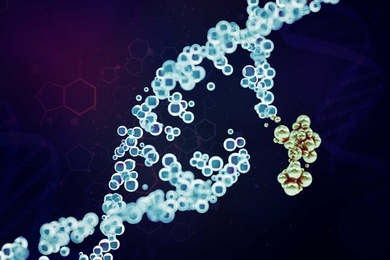Alternate proteins from the same gene contribute differently to health and rare disease
New findings may help researchers identify genetic mutations that contribute to rare diseases, by studying when and how single genes produce multiple versions of proteins.














